A classic Queen Anne country house that's so close to the City that you can even see the skyscrapers
Penny Churchill takes a look at Court Lodge, a genuine country house within the M25.
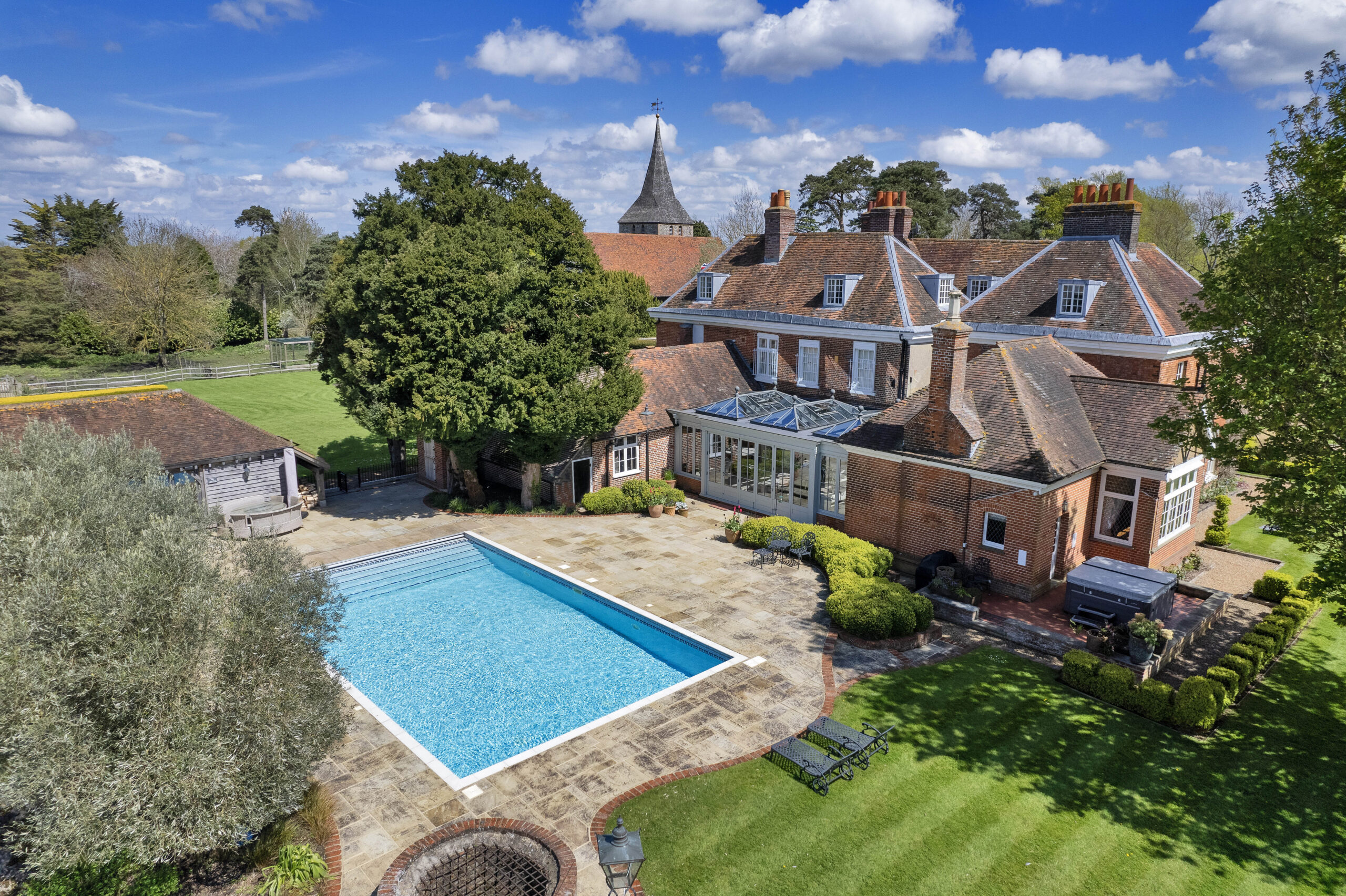
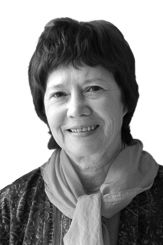
If you've got a big enough budget, it's not hard in England to find an 18th century country house with sprawling grounds. It's also not hard to find a house with a view of the London skyline. But finding both in a single property? That's usually a bit trickier. Except for today.
Grade II-listed Court Lodge is a recently renovated Queen Anne house set in 8½ acres of gardens and grounds on the western edge of the historic village of ‘old’ Chelsfield, near Orpington, which stands high on the southern edge of the London area green belt, 13½ miles from Charing Cross. Wiliam Peppitt of Savills quotes a guide price of £10 million for a house which he states is ‘probably the only Queen Anne country house within view of Canary Wharf’.
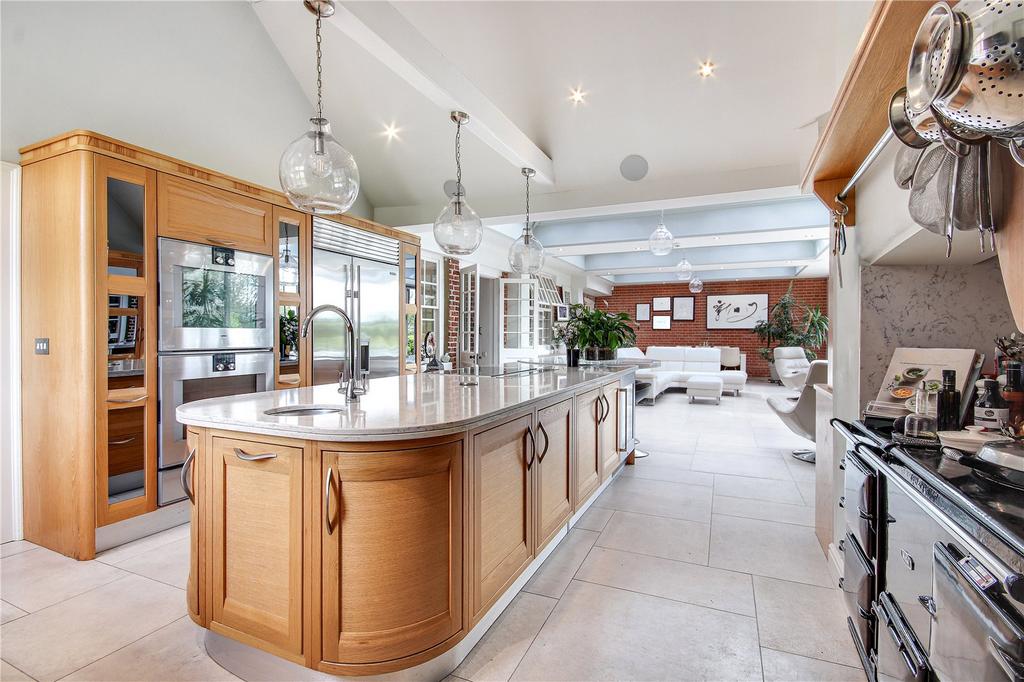
The house is — as you’d hope at this price — huge. It offers 10,786sq ft of elegant living space on three floors, including four reception rooms, a cinema, study, gym and vast kitchen/breakfast room on the ground floor, with a cellar below.
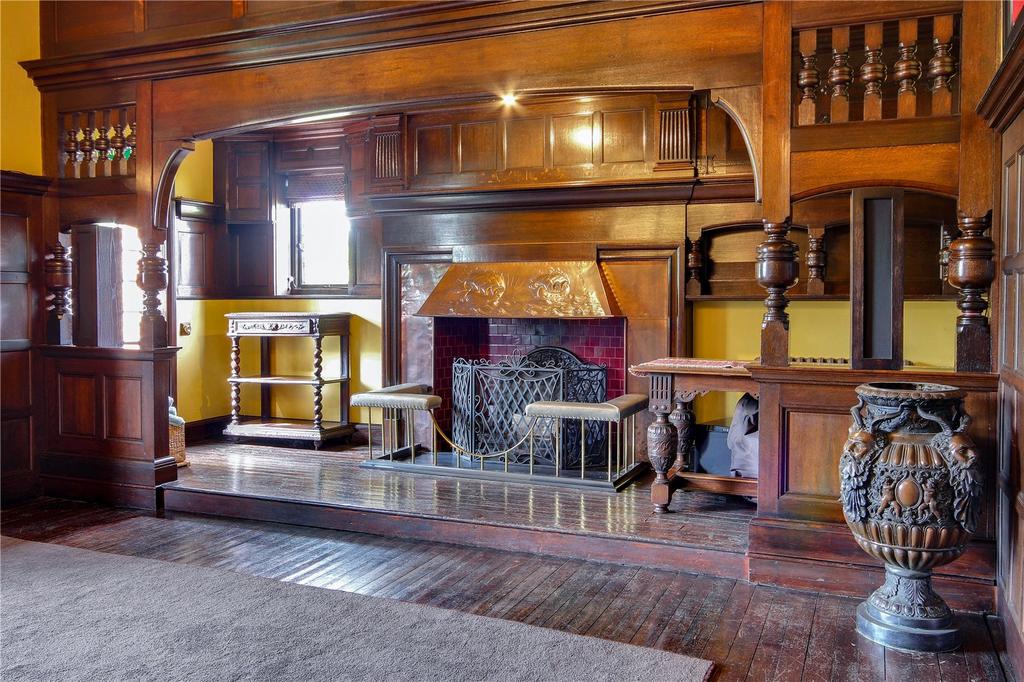
On the floors above, you’ll find nine bedrooms, plus seven bath/shower rooms.
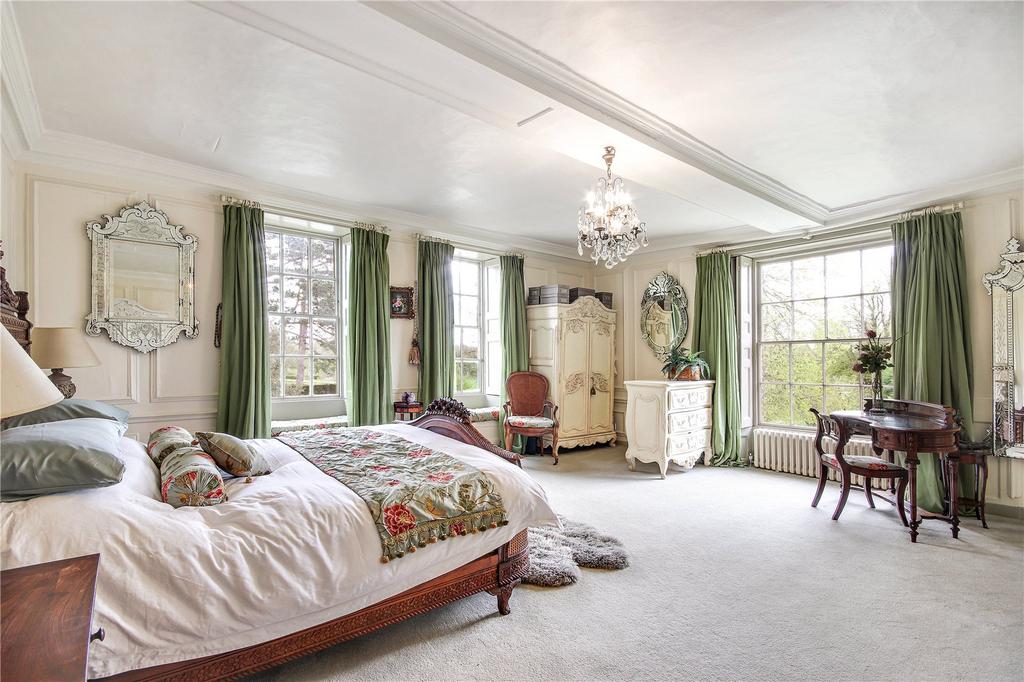
Built in the early 18th century of red brick under a hipped tiled roof, Court Lodge stands next to the Norman village church of St-Martin-of-Tours, a local landmark. According to Hasted’s History and Topographical Survey of the County of Kent (1797), the village was part of the manor of Chelsfield, which ‘was acquired in 1758 by London wine merchant, James Maud, on whose death, in 1769, it passed to his daughter and sole heir, Mary, widow of John Tattersall Esq. of Gatton, Surrey’.
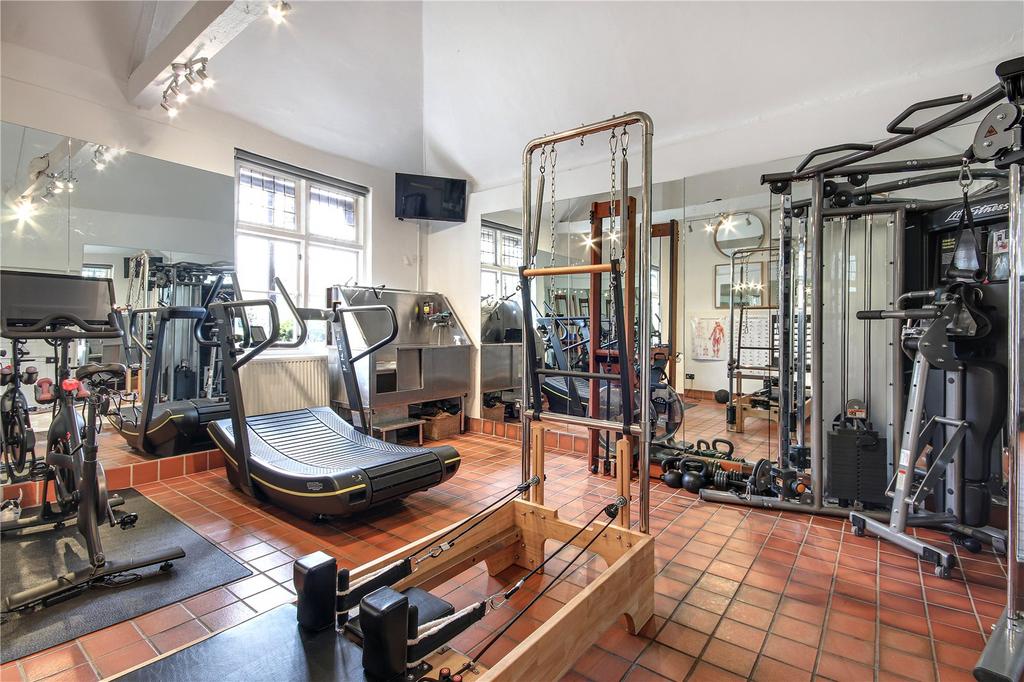
In 1772, Brass Crosby, then Lord Mayor of London, married Mary Tattersall and thus became Lord of the Manor of Chelsfield, living at Court Lodge for six months of the year from then until his death in 1793. Crosby’s claim to fame as Court Lodge’s most celebrated resident (commemorated by a Blue Plaque on Church Road) derives from 1771, when, as Lord Mayor of London, he was hailed as a champion of press freedom when he was briefly imprisoned for allowing parliamentary proceedings to be published in what then was a breach of parliamentary privilege.
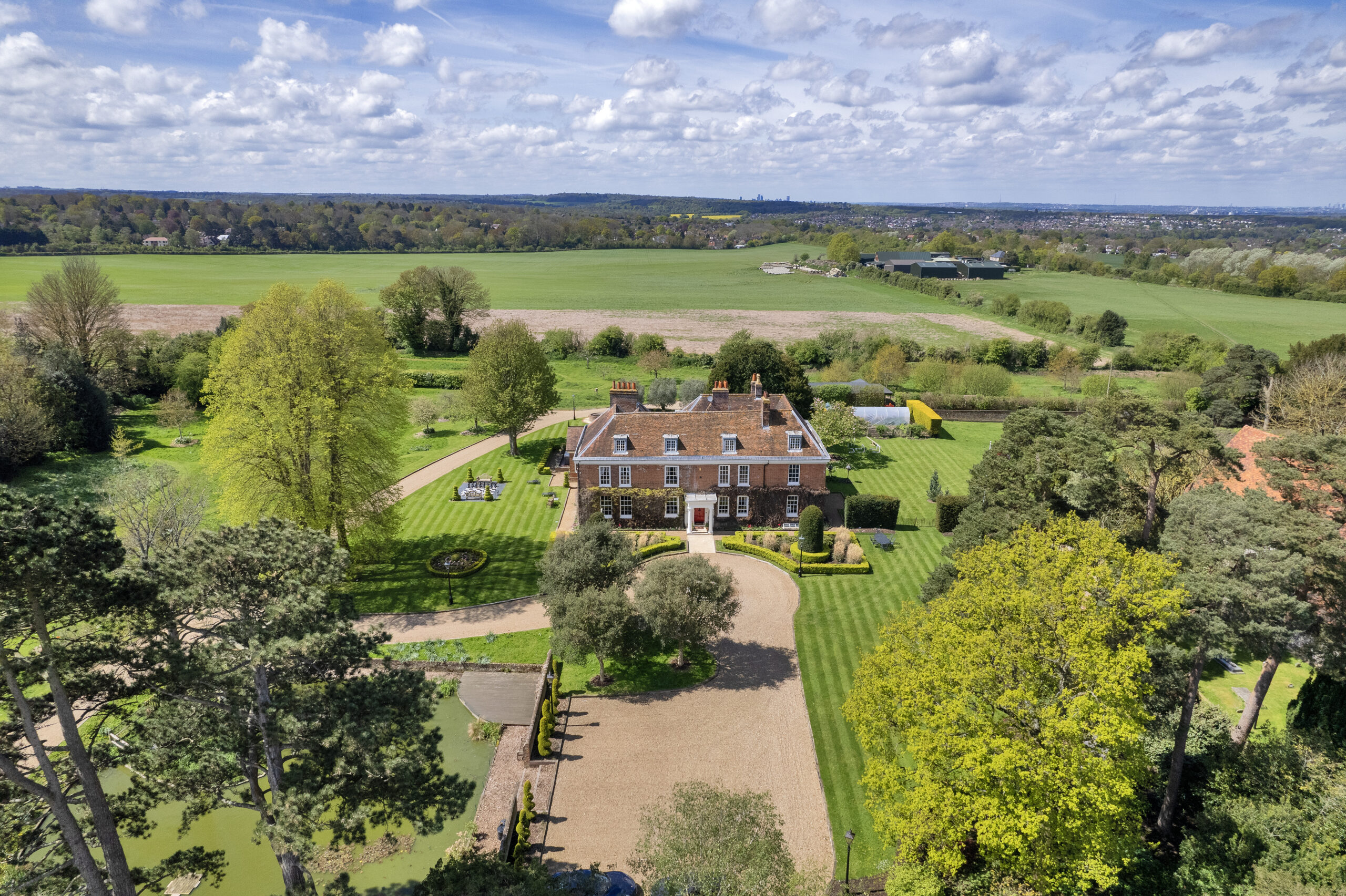
In the 1800s, the manor of Chelsfield descended to the Waring family who were lords of the manor and principal landowners until 1945. During their tenure, Court Lodge was let to a succession of wealthy London businessmen, among them the royal goldsmith and jeweller George Asprey, who moved to Court Lodge with his wife, Florence, in 1892.
Exquisite houses, the beauty of Nature, and how to get the most from your life, straight to your inbox.
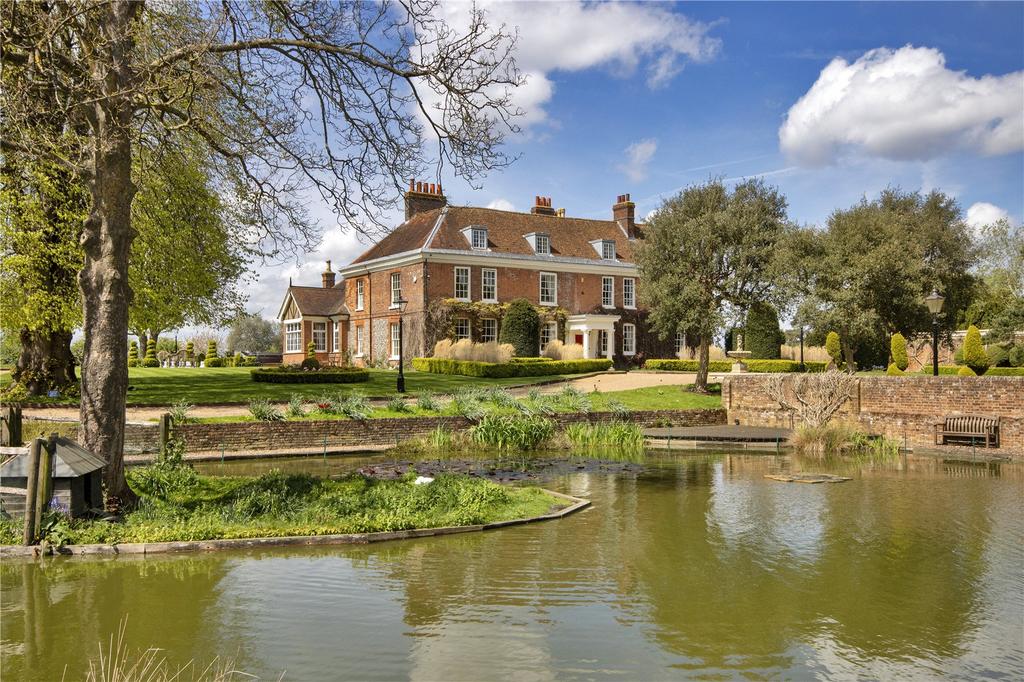
Little changed since Asprey’s day; the west-facing gardens at Court Lodge are predominantly laid to pasture interspersed with a variety of specimen trees. The manicured gardens around the house comprise landscaped lawns enclosed by a demesne wall and established hedging.
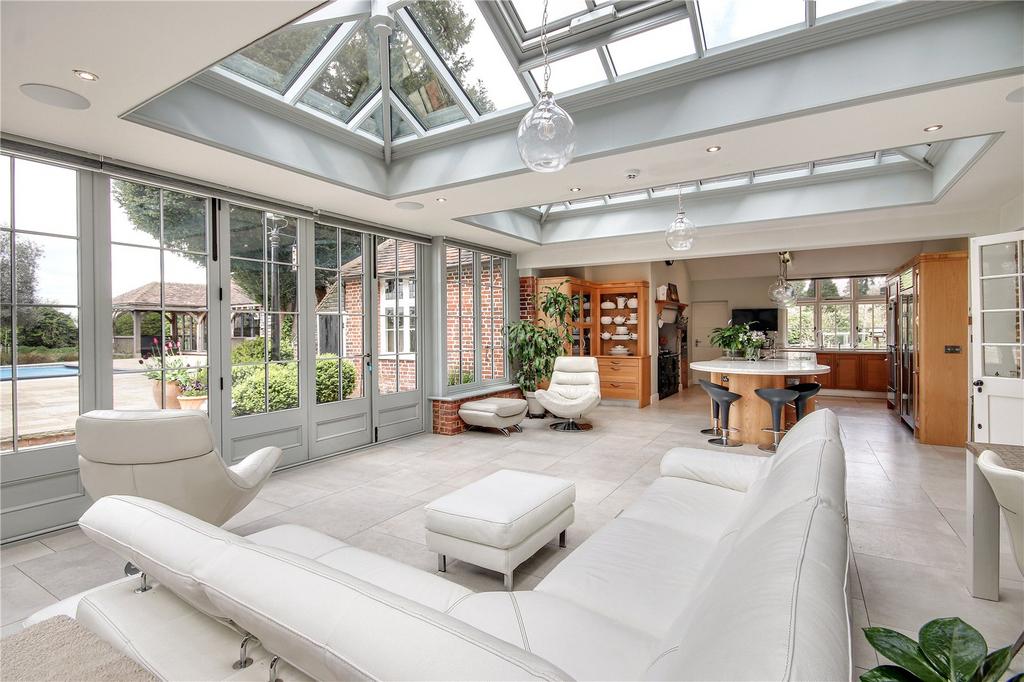
A paved terrace behind the house is the setting for a swimming pool and an oak-frame studio/pool house.
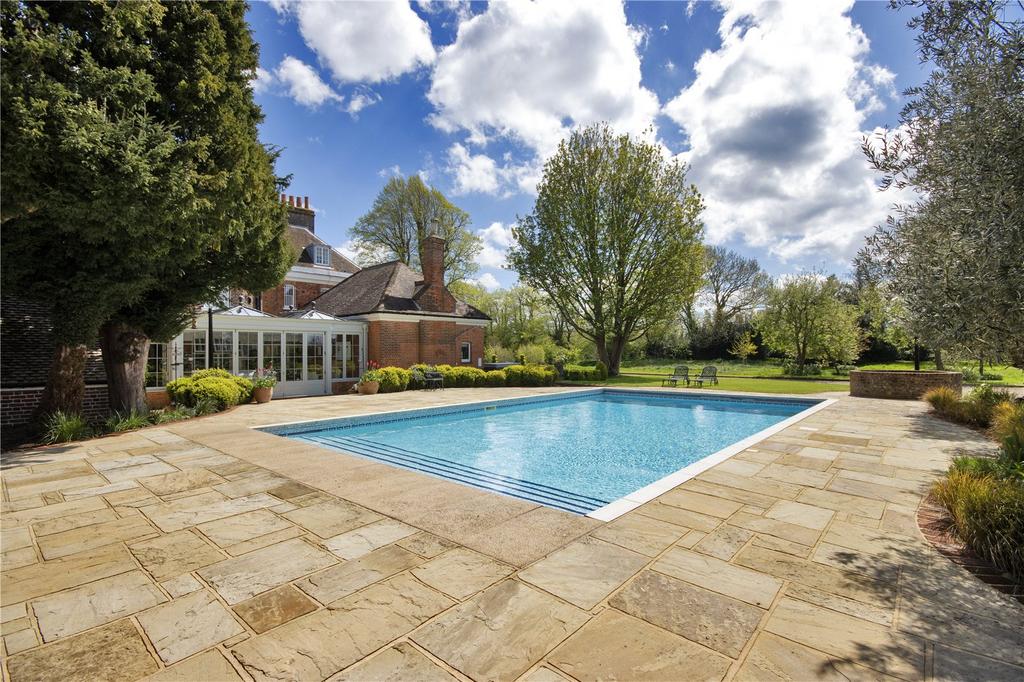
The owners have further enhanced the grounds by acquiring the former estate-workers’ cottages, two of which are currently let on Assured Shorthold Tenancies (ASTs). They have also implemented the planning consent granted for a new three-bedroom detached cottage.
For sale via Savills at £10m — see more details and pictures.

